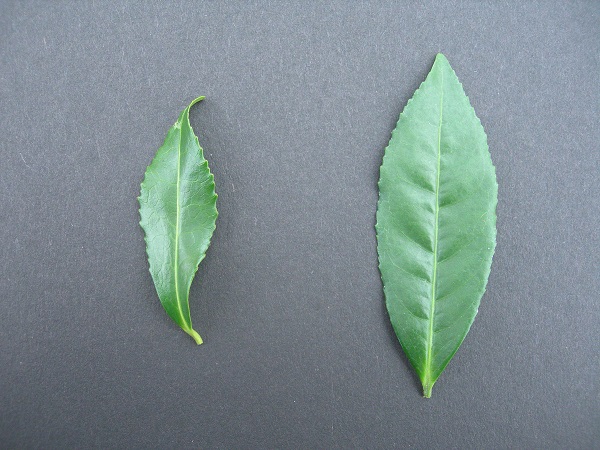Why Indian Tea is Unique?
India is the world’s second largest tea producer and produces some of the best quality teas in the world. In fact our teas are so good, that our Darjeeling Tea is called the Champagne of Teas. Not only that, when a tea growing nation tries to market their tea globally they benchmark it against our teas (my firsthand experience at this year’s Dubai #Gulfood).
The teas that come from India are, however, very unique as compared to rest of the world. And this uniqueness comes at the very basic level – that is the kinds of teas plants that we have, the produce of which gives an array of teas diversified in flavor, aroma, astringency, body and value.

India is the only country (only other the Szechuan and Yunnan provinces of China), which has teas produced from both the tea plants varieties (there are only two) – that is Camellia Sinensis as well as Camellia Assamica. While Camellia Sinensis came to India from China with the British, Camellia Assamica is a native of India. Our very premium Darjeeling teas are produced from Camellia Sinensis, while the robust Assam, versatile Nilgiris and other teas comes from Camellia Assamica.
Globally this is how teas are produced:
- Sinensis is grown in China, Korea, Japan and in Darjeeling in India.
- Assamica is grown in Kenya, Vienam, India – other than Darjeeling, Myanrma, Sri Lanka etc. Sinensis leaves are being brewed as tea for thousands years now, while Assamica became popular when the East India Company decided to make tea as a commercial commodity for mass consumption.
How this makes Indian Tea unique?
Well, to begin with India produces and exports some of the best Orthodox teas that comes from its various tea growing regions.
Second, the Indian orthodox tea (primarily Sinensis and some Assamica) is so good that they are one of the most premium teas in the world and they fetch high dollars based on the estate / garden they come from, or the time of the year that they are produced (very much like wine).
Third, our Assamica teas are used globally to make some of best tea variations, such as The English Breakfast Tea which is one of the most popular teas around the world.
Fourth, the lesser teas are also used in tea blends or flavoured teas where teas are enhanced with additional flavors from flowers and oils to herbs and spices.
It is interesting to know that many tea producing countries are positioning themselves as a source for flavoured teas, while this is an interesting variation to teas that they sell, it has to be kept in mind that only lesser or low quality teas are enhanced – a premium tea like Darjeeling will never be or should never be used for flavouring.
As a Darjeeling tea drinker, I may, at times, indulge myself with some flavour enhanced teas, but they would never be equal to the aroma and flavor of a second or a first flush, single estate, high altitude muscatel Darjeeling
Write to me or share your views at: itsourcuppatea@gmail.com
Twitter: https://twitter.com/TeawithSusMita
Instagram : teawithsus
Next story: What makes a premium tea and what you should look for before buying one?

